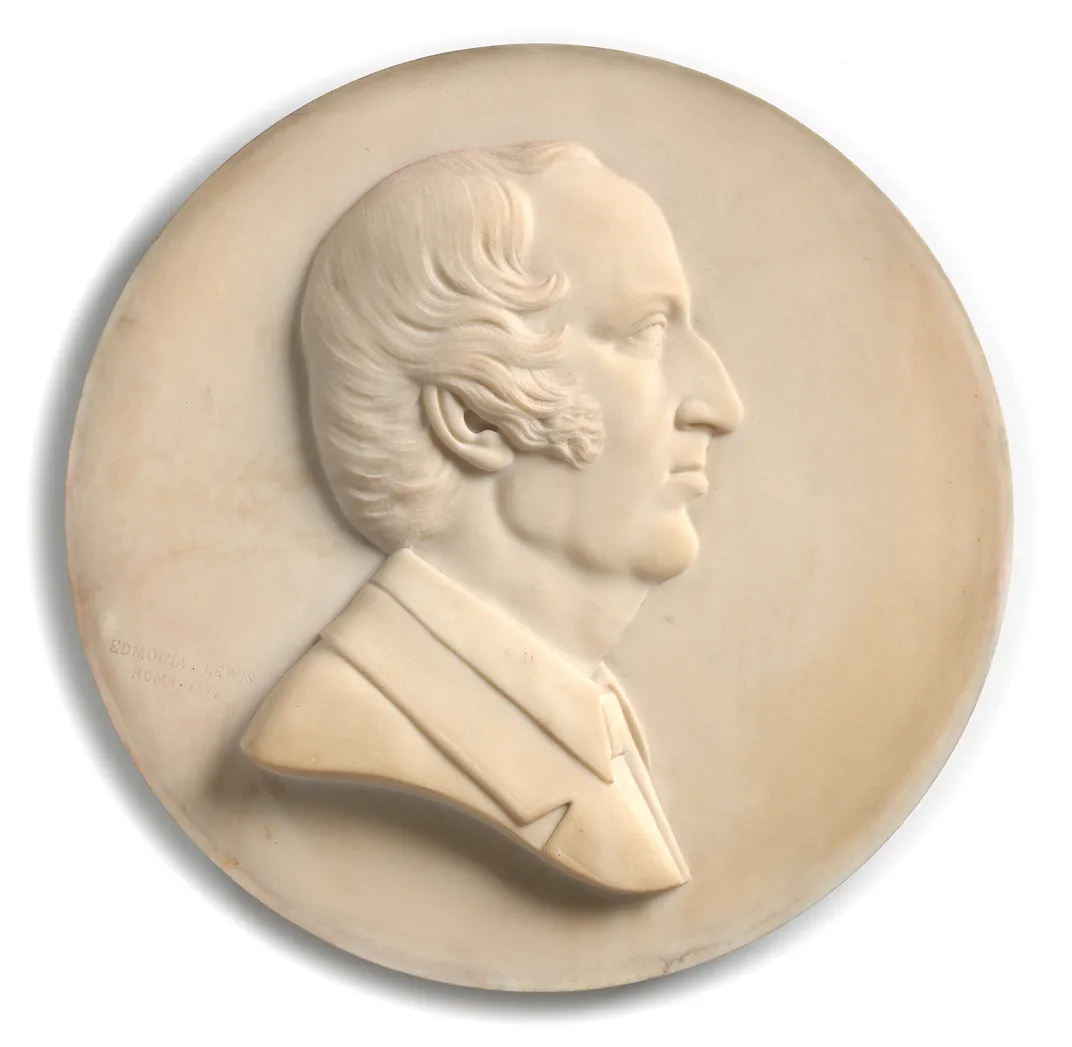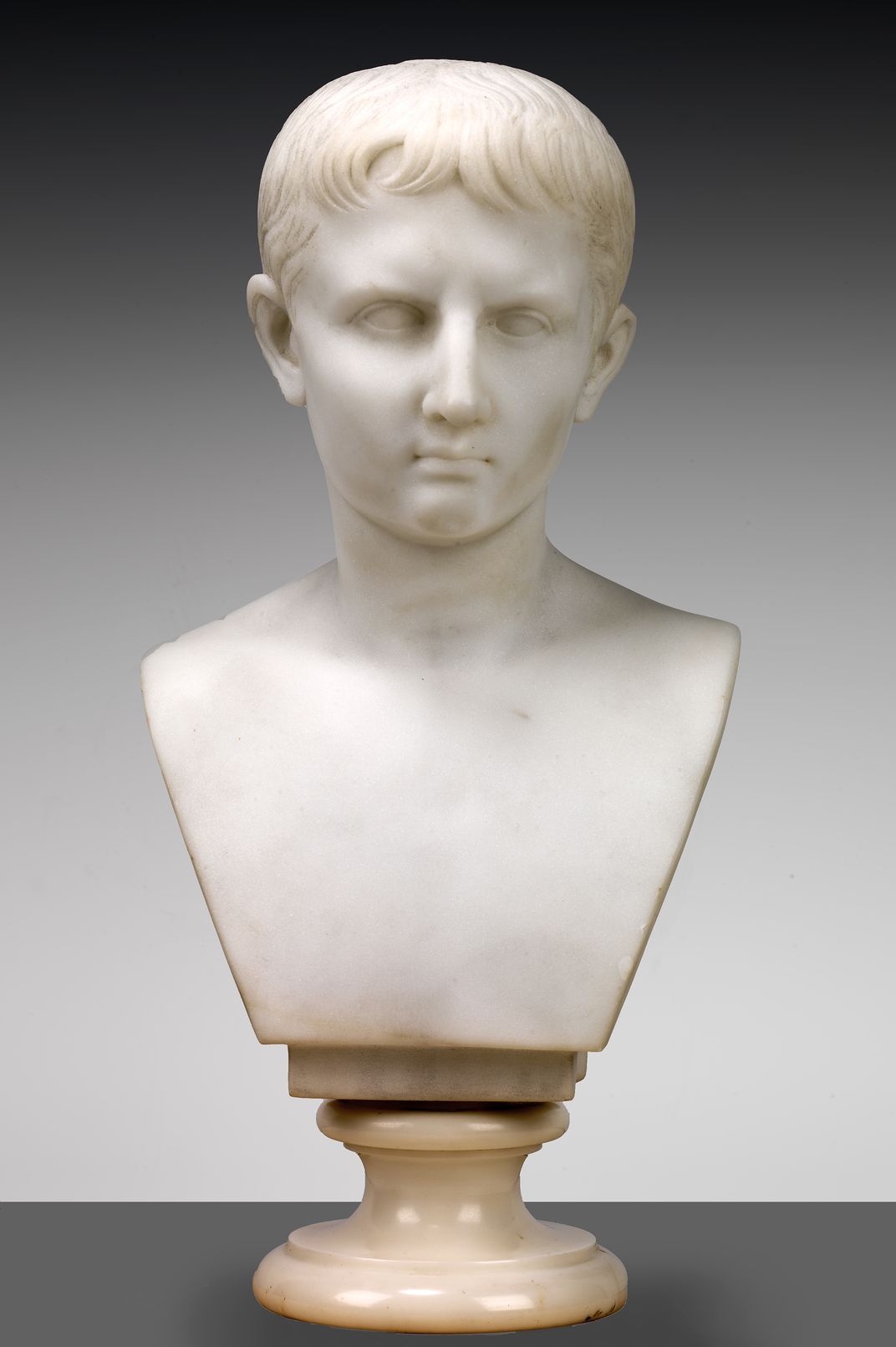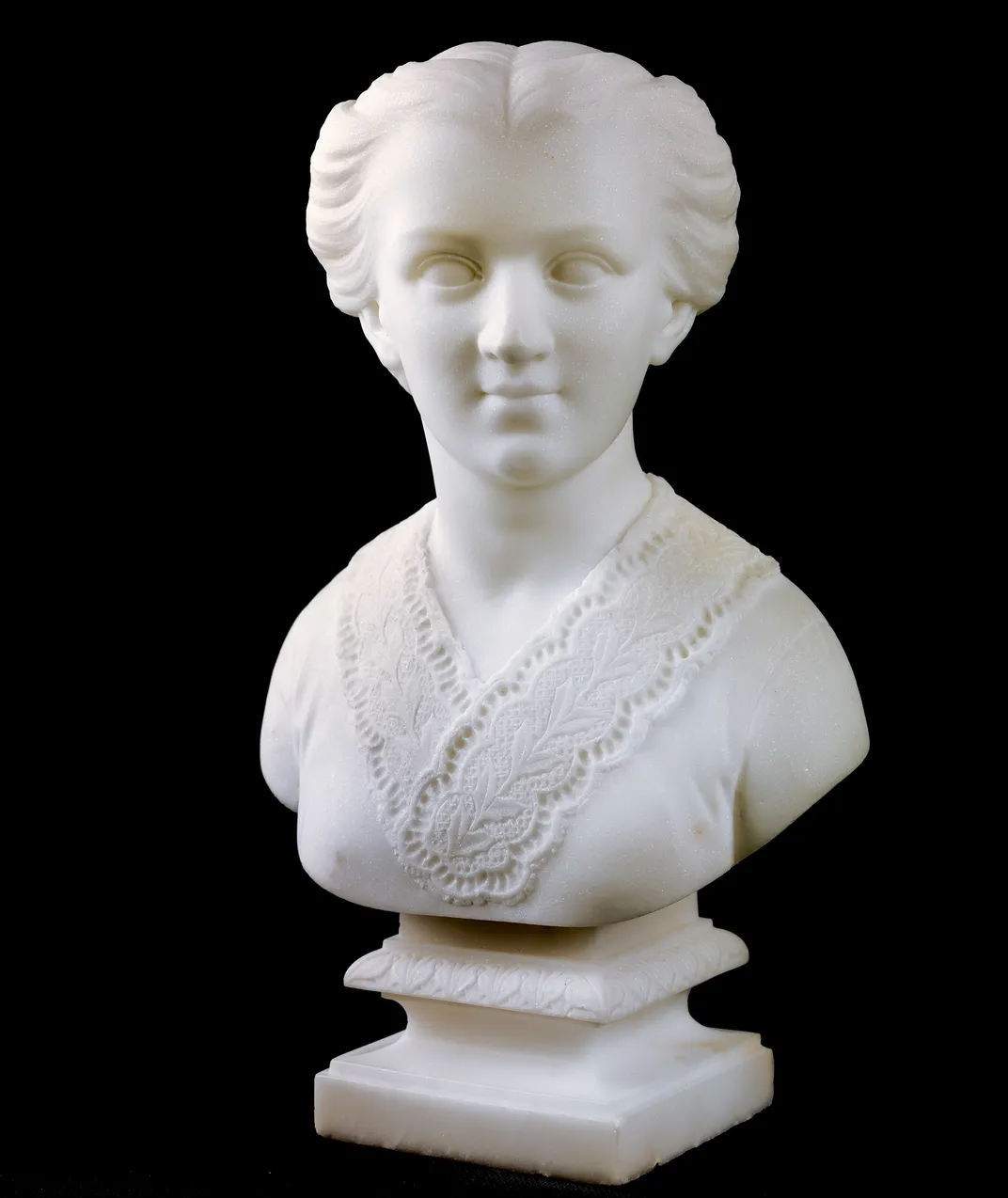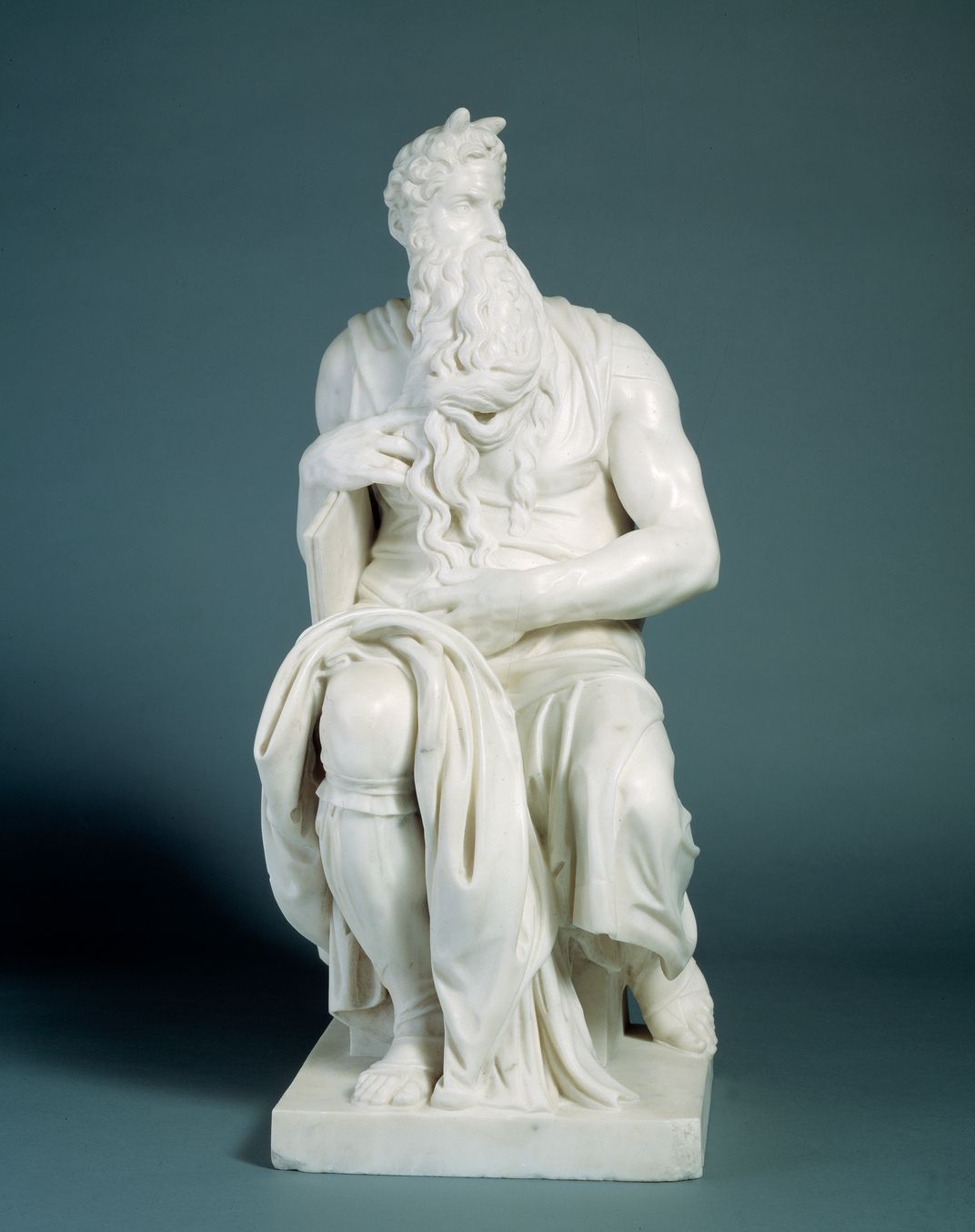Sculptor Edmonia Lewis Shattered Gender and Race Expectations in 19th-Century America
As the orphaned child of a black father and a Native-American mother, Lewis rewrote the 19th-century definition of sculptor
:focal(878x841:879x842)/https://tf-cmsv2-smithsonianmag-media.s3.amazonaws.com/filer/e2/3b/e23b578e-d0a6-4cc7-ba61-01b6d6c05cd5/npg_94_95-lewis-r.jpg)
Kidnapped, beaten and left to die, Edmonia Lewis, a talented artist with both African and Native-American ancestry, refused to abandon her dreams. In the winter of 1862, a white mob had attacked her because of reports that she had poisoned two fellow Oberlin College students, drugging their wine with “Spanish Fly.” Battered and struggling to recover from serious injuries, she went to court and won an acquittal.
Though these details are apparently true, after becoming an internationally known sculptor, Lewis used threads of both truth and imagination to embroider her life story, artfully adding to her reputation as a unique person and a sculptor who refused to be limited by the narrow expectations of her contemporaries.
Among the collections of the Smithsonian American Art Museum are several of Lewis’ works, and her most significant work, The Death of Cleopatra, greets visitors who climb to the museum’s third floor in the Luce Foundation Center. Many of Lewis’s works disappeared from the art world, but her image of Cleopatra found its way back from obscurity after a decades-long sojourn that carried its own strange story of fame and lost fortunes.
Lewis shattered expectations about what female and minority artists could accomplish. “It was very much a man’s world,” says the museum’s curator Karen Lemmey. Lewis, she says, “really broke through every obstacle, and there’s still remarkably little known about her. . . . It’s only recently that the place and year of her death have come to light—1907 London.”
The artist proved to be particularly savvy about winning over supporters in the press and in the art world by altering her life story to suit her audience. “Everything that we know about her really must be taken with a grain of salt, a pretty hefty grain of salt, because in her own time, she was a master of her own biography,” says Lemmey. Lewis shifted her autobiographical tale to win support, but she did not welcome reactions of pity or condescension.
“Some praise me because I am a colored girl, and I don’t want that kind of praise,” she said. “I had rather you would point out my defects, for that will teach me something.”
Lewis’s life was profoundly uncommon. Named Wildfire at birth, she apparently had a partially Chippewa mother and a Haitian father. Lewis claimed her mother was full-blooded Chippewa, but there is disagreement on this point. That parentage set her apart and added to her “exotic” image. Her father labored as a gentleman’s servant, while her mother made Native-American souvenirs for sale to tourists.
After both parents died when she was young, Lewis was reared by maternal aunts in upstate New York. She had a half-brother who traveled west during the Gold Rush and earned enough money to finance her education, a rare opportunity for a woman or a minority in the 19th century. She was welcomed at the progressive Oberlin College in 1859, but her time there was not easy. Even after being cleared of poisoning charges, Lewis was unable to finish her last term at Oberlin following allegations that she had stolen paint, brushes and a picture frame. Despite dismissal of the theft charges, the college asked her to leave with no chance to complete her education and receive her degree.
She moved to Boston, again with financial assistance from her half-brother. There, she met several abolitionists, such as William Lloyd Garrison, who supported her work.
Unlike white male sculptors, she could not ground her work in the study of anatomy. Such classes traditionally were limited to white men: however, a few white women paid to get a background in the subject. Lewis could not afford classes, so she engaged her craft without the training her peers possessed. Sculptor Edward Brackett acted as her mentor and helped her to set up her own studio.
Her first success as an artist came from sale of medallions she made of clay and plaster. These sculpted portraits featured images of renowned abolitionists, including Garrison, John Brown and Wendell Phillips, an advocate for Native-Americans. But her first real financial success came in 1864, when she created a bust of Civil War Colonel Robert Shaw, a white officer who had commanded the 54th Massachusetts infantry composed of African-American soldiers. Shaw had been killed at the second battle of Fort Wagner, and contemptuous Confederate troops dumped the bodies of Shaw and his troops into a mass grave. Copies of the bust sold well enough to finance Lewis’s move to Europe.

From Boston, she traveled to London, Paris and Florence before deciding to live and work in Rome in 1866. Fellow American sculptor Harriet Hosmer took Lewis under her wing and tried to help her succeed. Sculptors of that time traditionally paid Roman stone crafters to produce their works in marble, and this led to some questions about whether the true artists were the original sculptors or the stone crafters. Lewis, who often lacked the money to hire help, chiseled most of her own figures.
While she was in Rome, she created The Death of Cleopatra, her largest and most powerful work. She poured more than four years of her life into this sculpture. At times, she ran low on money to complete the monolithic work, so she returned to the United States, where she sold smaller pieces to earn the necessary cash. In 1876, she shipped the almost 3,000-pound sculpture to Philadelphia so that the piece could be considered by the committee selecting works for the Centennial Exhibition, and she went there, too. She feared that the judges would reject her work, but to her great relief, the panel ordered its placement in Gallery K of Memorial Hall, apparently set aside for American artists. Guidebook citations of the work noted that it was for sale.
“Some people were blown away by it. They thought it was a masterful marble sculpture,” says Lemmey. Others disagreed, criticizing its graphic and disturbing image of the moment when Cleopatra killed herself. One artist, William J. Clark Jr. wrote in 1878 that “the effects of death are represented with such skill as to be absolutely repellent—and it is a question whether a statue of the ghastly characteristics of this one does not overstep the bounds of legitimate art.” The moment when the asp’s poison did its job was too graphic for some to see.
/https://tf-cmsv2-smithsonianmag-media.s3.amazonaws.com/filer/5c/d4/5cd40945-f958-46fc-8d81-ad7289a9f4ec/199417.jpg)
Lewis showed the legendary queen of ancient Egypt on her throne. The lifeless body with head tilting back and arms splaying open portrays a vivid realism uncharacteristic of the late 19th century. Lewis showed the empowered Cleopatra “claiming her biography by committing suicide on her throne,” says Lemmey. She believes Lewis portrayed Cleopatra “sealing her fate and having the last word on how she’ll be recorded in history,” an idea that may have appealed to Lewis.
After the Philadelphia exhibition ended, this Cleopatra began a life of her own and an odyssey that removed the sculpture from the art world for more than a century. She appeared in the Chicago Interstate Industrial Expo, and with no buyer in sight within the art world, she journeyed into the realm of the mundane. Like legendary wanderers before her, she faced many trials and an extended episode of mistaken identity as she was cast in multiple roles. Her first mission was to serve as the centerpiece of a Chicago saloon. Then, a racehorse owner and gambler named “Blind John” Condon bought her to place on the racetrack grave of a well-loved horse named after the ancient leader. Like a notorious prisoner held up to ridicule, the sculpture sat right in front of the crowd at the Harlem Race Track in Forest Park, a Chicago suburb. There, Cleopatra held court while the work’s surroundings morphed.
Over the years, the racetrack became a golf course, a Navy munitions site, and finally a bulk mail center. In all kinds of weather, the regal Egyptian decayed as she served as little more than an obstacle to whatever activity was occurring around it. Well-meaning amateurs tried to improve her appearance. Boy Scouts applied a fresh coat of paint to cover graffiti that marred its marble form. In the 1980s, she was handed over to the Forest Park Historical Society, and art historian Marilyn Richardson played a leading role in the effort to rescue her.
In the early 1990s, the historical society donated the sculpture to the Smithsonian, and a Chicago conservator was hired to return it to its original form based on a single surviving photograph. Although the museum has no plans for further restoration, Lemmey hopes that digital photo projects at institutions around the world someday may unearth more images of the sculpture’s original state.
Just as the sculpture’s history is complicated and somewhat unclear, the artist herself remains a bit of a mystery. Known as one of the first black professional sculptors, Lewis left behind some works, but many of her sculptures have disappeared. She had produced a variety of portrait busts that honored famous Americans, such as Abraham Lincoln, Ulysses S. Grant, and Henry Wordsworth Longfellow.
During her first year in Rome, she produced Old Arrow Maker, which represents a portion of the story of Longfellow’s "The Song of Hiawatha"—a poem that inspired several of her works. White artists typically characterized Native Americans as violent and uncivilized, but Lewis showed more respect for their civilization. This sculpture also resides at the Smithsonian American Art Museum.
Her first major work, Forever Free (Morning of Liberty), was completed a year after her arrival in Rome. It shows a black man standing and a black woman kneeling at the moment of emancipation. Another work, Hagar, embodies the Old Testament Egyptian slave Hagar after being ejected from Abraham and Sarah’s home. Because Sarah had been unable to have children, she had insisted that Abraham impregnate her slave, so that Hagar’s child could become Sarah’s. However, after Hagar gave birth to Ishmael, Sarah delivered her own son Isaac, and she cast out Hagar and Ishmael. This portrayal of Hagar draws parallels to Africans held as slaves for centuries in the United States. Hagar is a part of the Smithsonian American Art Museum’s collection.
While many of her works did not survive, some of Lewis’s pieces now can be found at the Howard University Gallery of Art, Detroit Institute of Arts, the Metropolitan Museum of Art, and the Baltimore Museum of Art. Lewis recently became the subject of a Google Doodle that pictures her working on The Death of Cleopatra. Also, the New York Times featured her on July 25, 2018 in its "Overlooked No More" series of obituaries written about women and minorities whose lives had been ignored by newspapers because of the cultural prejudice that revered white men.
/https://tf-cmsv2-smithsonianmag-media.s3.amazonaws.com/accounts/headshot/Alice_George_final_web_thumbnail.png)
/https://tf-cmsv2-smithsonianmag-media.s3.amazonaws.com/filer/11/20/112060b6-b4e0-4c8b-a4e6-77268189b65a/198395178.jpg)



/https://tf-cmsv2-smithsonianmag-media.s3.amazonaws.com/filer/f1/2e/f12efd8f-0718-4f70-ac11-1c0bc71042e5/1984156.jpg)
/https://tf-cmsv2-smithsonianmag-media.s3.amazonaws.com/filer/35/47/3547e371-39b1-4fdd-88a2-51a1185fdcda/198395179.jpg)
/https://tf-cmsv2-smithsonianmag-media.s3.amazonaws.com/accounts/headshot/Alice_George_final_web_thumbnail.png)